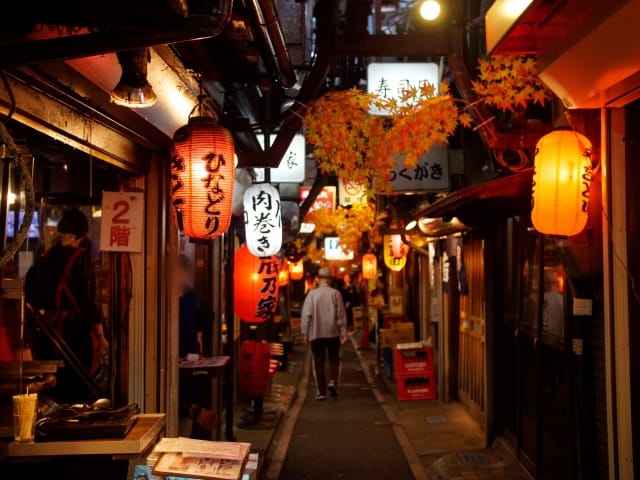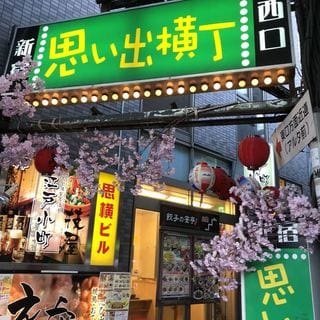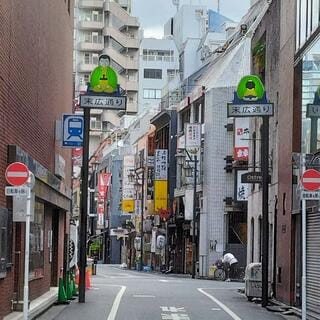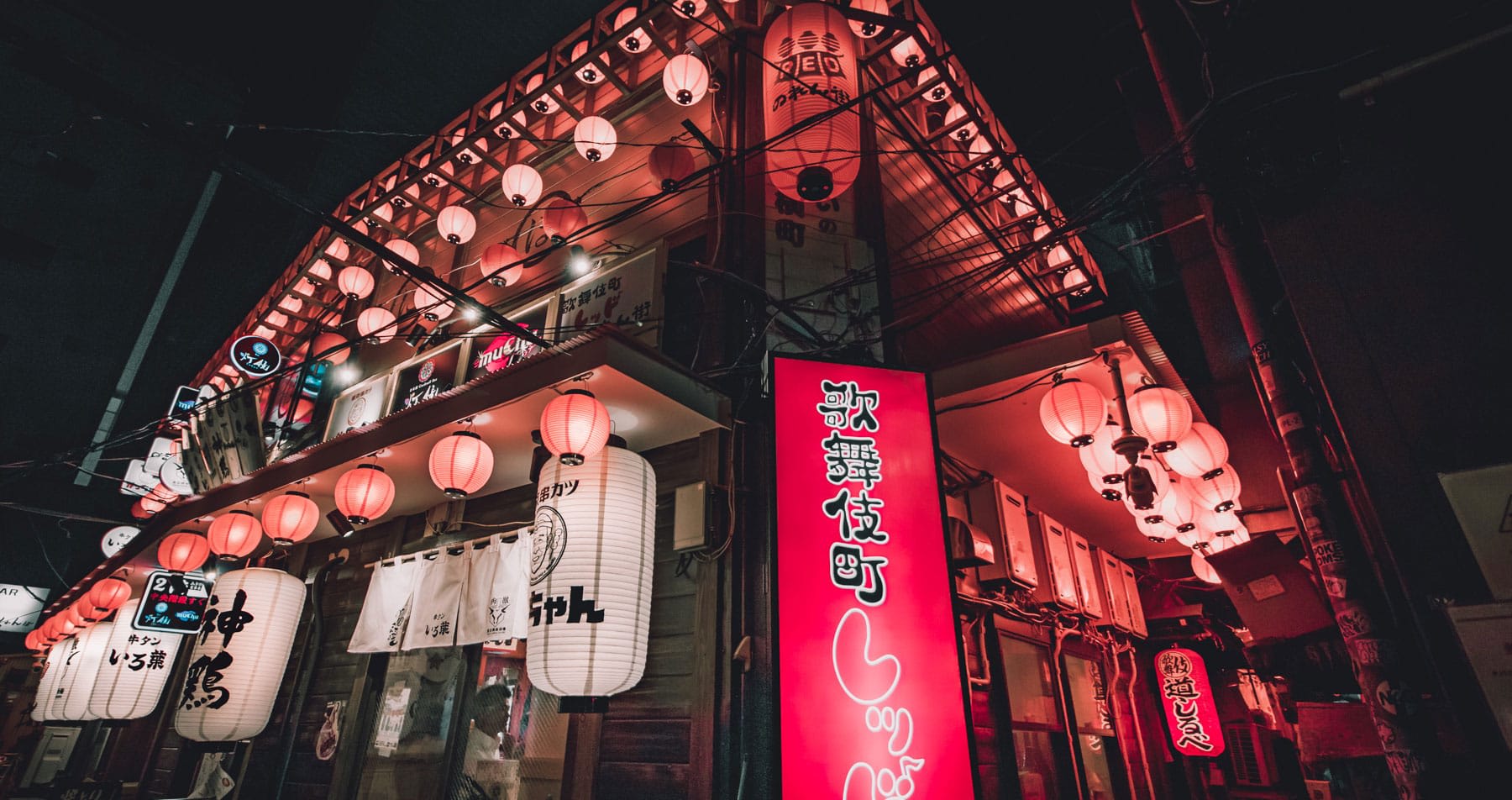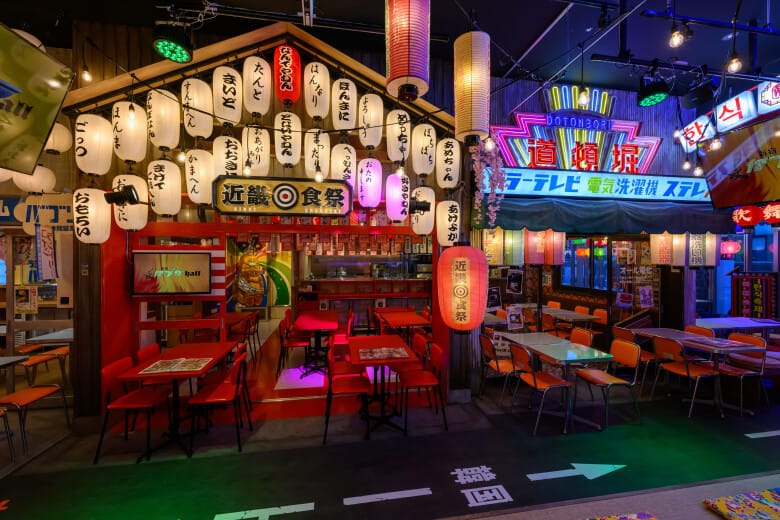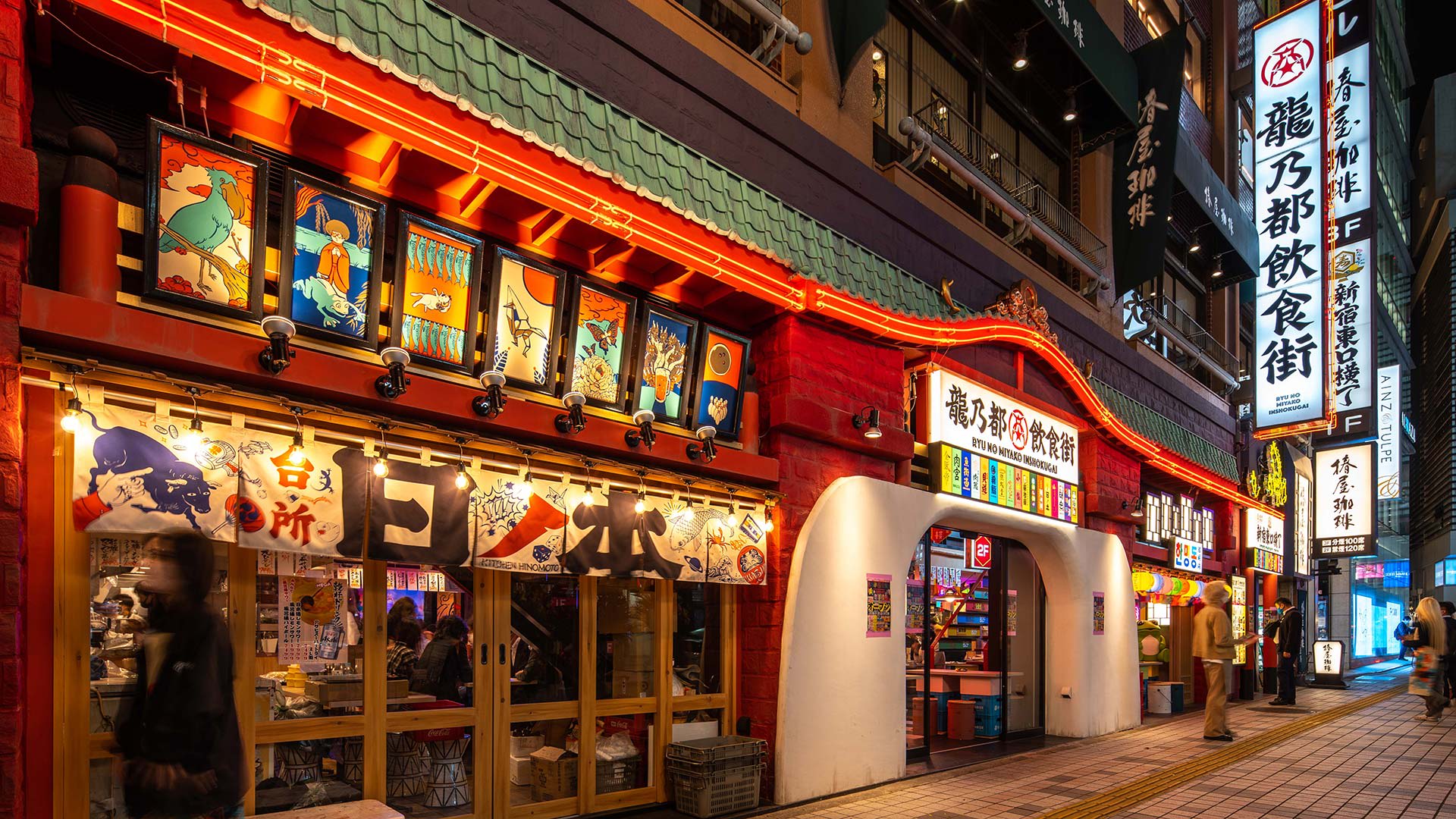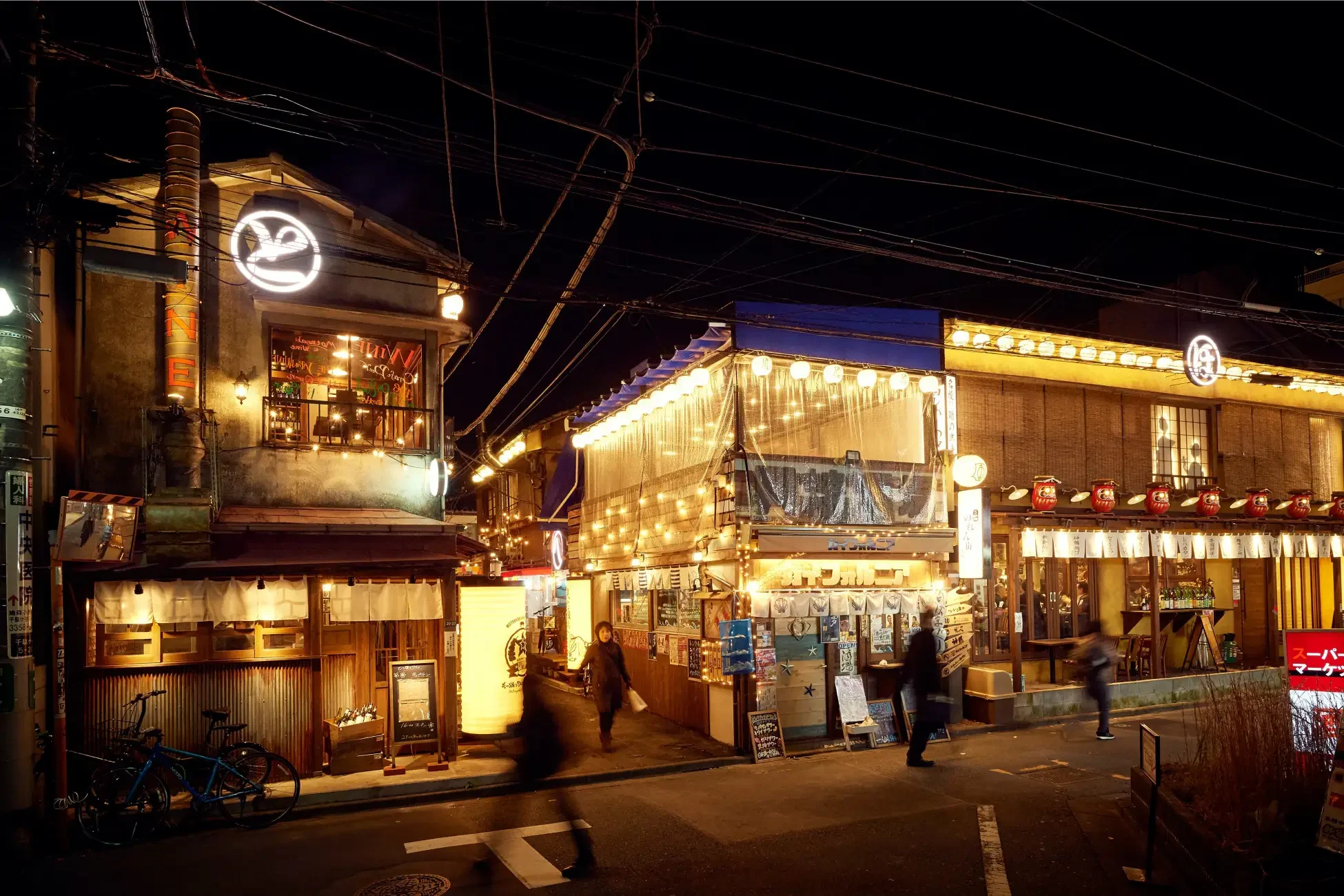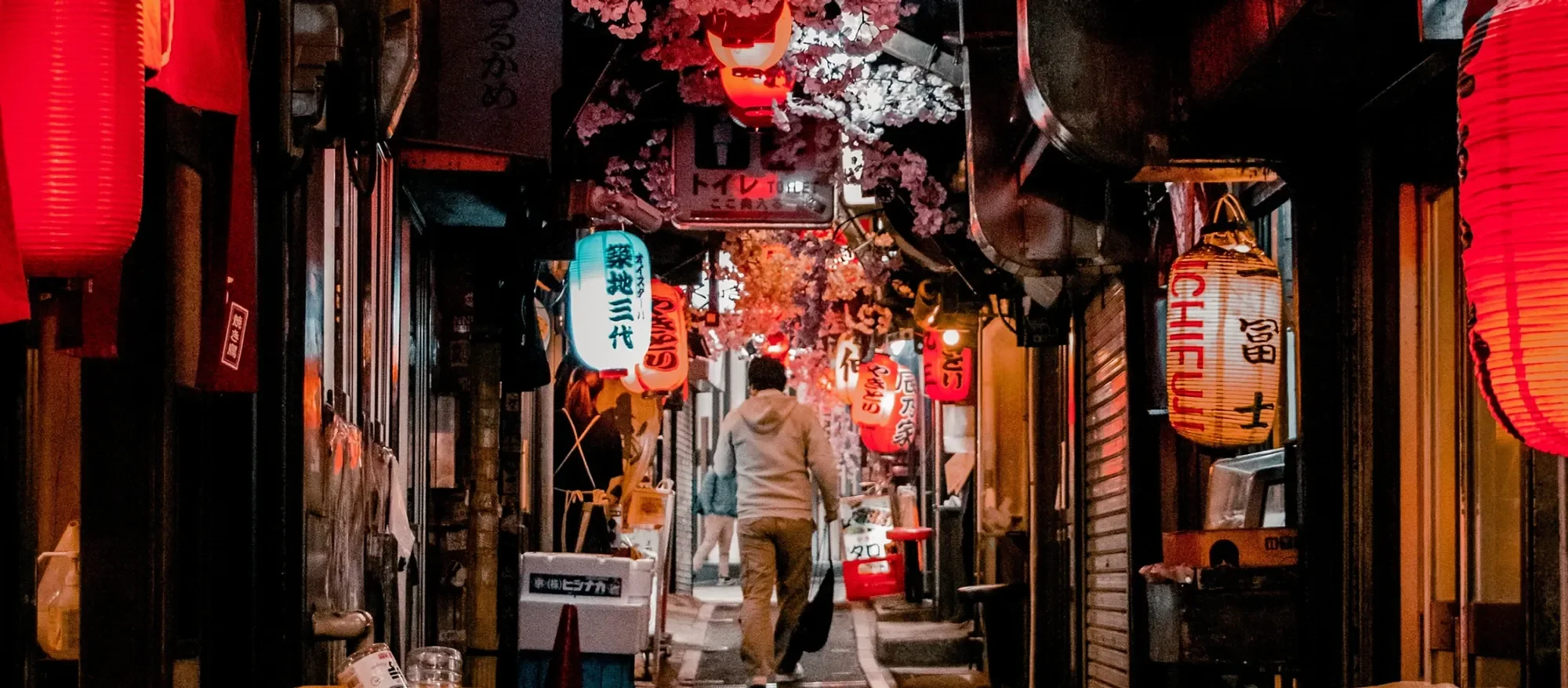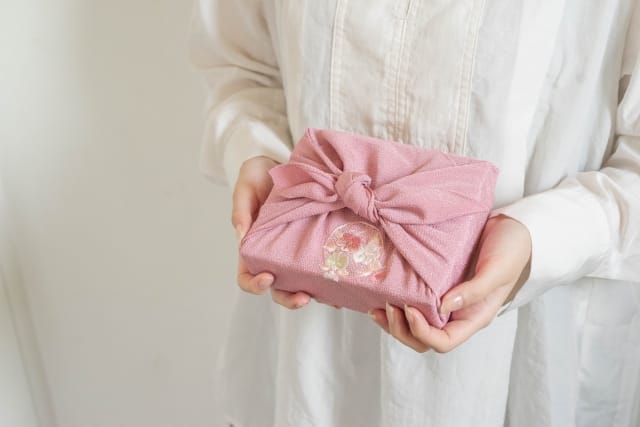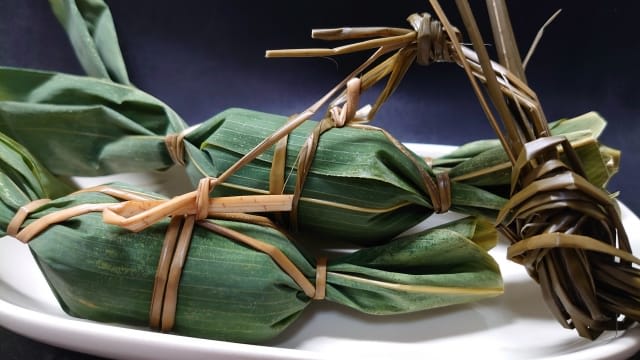Shinjuku Yokocho & Drinking District: Eating and Drinking in Tokyo's Most Vibrant Area
As tours in Shinjuku gain popularity, Magical Trip's tour, which ranked #1 among all tours on Tripadvisor, has been receiving numerous applications.

If you want to enjoy Shinjuku's nightlife, I recommend the "Tokyo Bar Hopping Night Tour in Shinjuku," which ranked #1 on Tripadvisor. Our guides who know Shinjuku inside and out will take you bar hopping while avoiding dangerous areas, allowing you to fully enjoy Shinjuku at night.
I also recommend the "Tokyo Night Foodie Tour in Shinjuku," where you can enjoy premium wagyu beef barbecue and exceptional sushi. You'll learn from food-savvy tour guides about the best ways to grill your meat and proper sushi etiquette while enjoying exquisite Japanese cuisine.
I hope you can safely and thoroughly enjoy Shinjuku's nightlife with Magical Trip's tours!
Introduction
Shinjuku, known as Japan's largest entertainment district, is bustling with activity day and night, and can be considered the heart of Tokyo.
In particular, the charm that Shinjuku exudes at night is exceptional. Amidst the cityscape illuminated by countless neon signs, maze-like back alleys spread out.
Hidden within these are the drinking districts called "yokocho" that I, as a Tokyo local, absolutely adore. The small izakayas and standing bars crammed into narrow alleys embody Tokyo's nighttime culture.
However, for foreigners, while these yokocho are attractive, they can also be somewhat challenging. Many signs and menus are written only in Japanese, and communication in the cramped interiors often requires gestures.
Also, there are quite a few establishments that don't welcome first-time customers, so you might be unsure which place to enter.
Still, many tourists visit seeking this unique atmosphere and authentic flavors. From my perspective as a local, this "difficulty" is part of the charm of Shinjuku's yokocho. Why don't you venture into the maze-like back alleys and enjoy unexpected encounters and discoveries?
In this article, I'll fully convey the allure of Shinjuku's izakaya streets and yokocho. From a local's perspective, I'll introduce plenty of information to support your nighttime adventure in Shinjuku!
If you want to know about the nightlife in the entire Shinjuku area, please check out the Shinjuku Nightlife Guide, and if you want to get tourist information for the entire Shinjuku area, including daytime, please refer to the Shinjuku Guide.
Table of Contents
・The "sleepless city" of Shinjuku has many izakaya districts
・Introduction to 7 izakaya streets and yokocho in Shinjuku with their characteristics and attractions
・Check these 3 points to be careful when bar hopping in Shinjuku!
・If you want to enjoy Shinjuku safely, a tour with locals is recommended!

The "Sleepless City" of Shinjuku Has Many Izakaya Districts
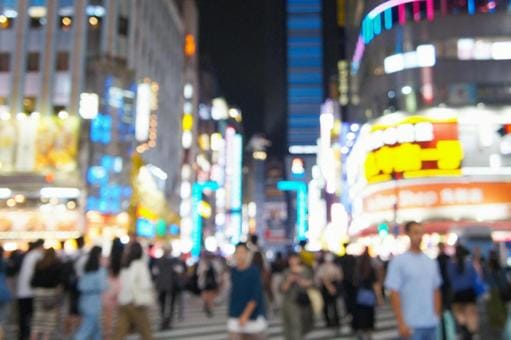
Shinjuku is known as one of the most vibrant areas in Tokyo. In this city that never sleeps, countless izakaya districts are scattered, each exuding its own unique charm.
The characteristic of Shinjuku's izakaya districts lies in their diversity. Various types of dining establishments coexist, from high-end Japanese restaurants to casual standing bars.
Moreover, the atmosphere differs in each area, ranging from historic yokocho to dining streets incorporating the latest trends, presenting various faces.
For foreign tourists, this diversity can be both attractive and somewhat confusing. However, that's precisely the charm of Shinjuku. Step into an alley, and you'll find Tokyo's nighttime culture condensed there, with unexpected encounters and discoveries waiting.
Shinjuku Station East Exit Yokocho Is Particularly Famous
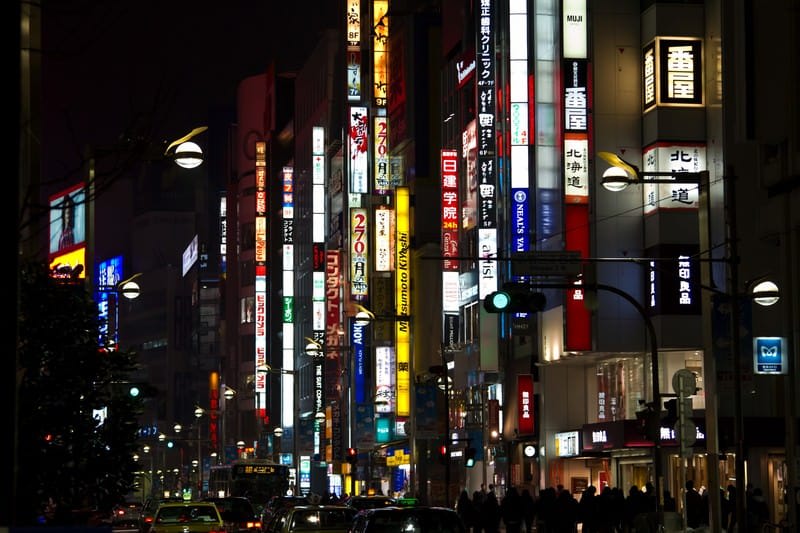
The Shinjuku East Exit Yokocho "Ryuno Miyako Inshokugai" is a large entertainment dining district with a total of 1,000 seats. Seventeen stores are gathered from the second basement floor to the first floor, offering diverse cuisine from Japan and various Asian countries.
In a unique space equipped with DJ booths and LED screens, you can enjoy local specialties, seafood, and meat dishes.
With some stores open 24 hours and the ability to order takeout within the same floor, it's a new-concept dining spot that can be enjoyed day and night.
The Reason for Izakaya Districts Lies in Japan's Unique Drinking Culture
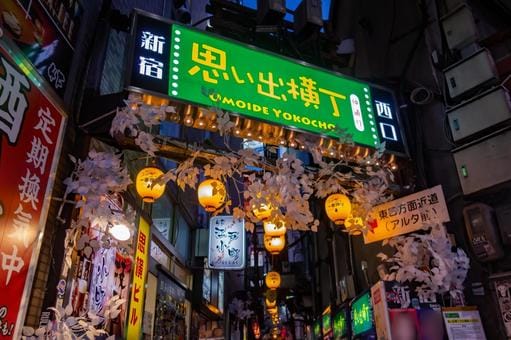
The reason why there are so many izakaya districts in Shinjuku is deeply rooted in Japan's unique drinking culture.
For us Japanese, drinking alcohol means more than just consuming a luxury item. It's an important social activity where people deepen communication, relieve daily stress, and blur the lines between work and private life.
Particularly noteworthy is the culture called "hashigo-zake" (bar hopping). This refers to the habit of visiting multiple bars in one night. I often enjoy hashigo-zake with friends and colleagues, and each time it's a wonderful experience that reaffirms the charm of the night city with new discoveries.
The appeal of hashigo-zake is that you can enjoy the atmosphere, food, and drinks of various establishments. Start with a quick drink at a standing bar, then have a proper meal at an izakaya, and finish with a leisurely whiskey at a bar. This way of spending the night is characteristic of Japanese drinking culture.
Also, the concentration of izakaya districts creates an environment where people can easily drop by after work. Since Shinjuku is also an area where many offices are concentrated, it's very common to see people having a drink with colleagues before heading home after work.
This unique Japanese drinking culture has formed and developed Shinjuku's izakaya districts.
"Yokocho" Where Small Eateries Are Densely Packed Is Also a Unique Japanese Culture
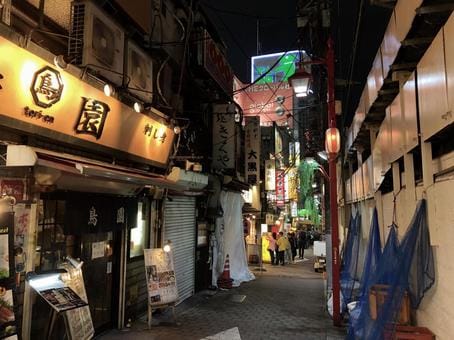
"Yokocho" is one of the unique food cultures seen in urban areas of Japan. I still vividly remember the excitement when I first visited a yokocho during my college days. Small eateries crammed into narrow alleys create a unique atmosphere of density and vitality that can't be experienced elsewhere.
The charm of yokocho lies in its intimacy and diversity. Just walking a few steps, you can encounter completely different cuisines and atmospheres. For example, a yakitori shop might be next to a sushi restaurant, and next to that might be a ramen shop. This diversity brings unexpected joy and discovery to those who visit yokocho.
Also, many establishments in yokocho are small-scale, and it's not uncommon to have only counter seats. This narrowness, conversely, shortens the distance between the shop owner and other customers, creating opportunities for unexpected interactions. I've had many experiences of hitting it off with strangers in yokocho and having a great time.
Many yokocho developed from black markets after the war, and this historical background is also part of their charm. For example, Golden Gai and Omoide Yokocho in Shinjuku were formed during the post-war turmoil and still retain that atmosphere today. Walking through these places gives you a feeling of having traveled back in time.
For foreigners, yokocho are one of the places where you can experience Japanese food culture most vividly. You might be bewildered by the chaotic atmosphere and narrow alleys, but that's precisely the charm of yokocho.
Introduction to 7 Izakaya Streets and Yokocho in Shinjuku with Their Characteristics and Attractions
There are various izakaya streets and yokocho in Shinjuku, each with its own unique characteristics. I have visited these places many times and felt their charm firsthand. Here, I'll introduce 7 particularly impressive places.
By the way, knowing that there are different types of izakaya streets and yokocho will help you enjoy Shinjuku nights more deeply.
Golden Gai, Omoide Yokocho, and Suehiro-dori Shopping Street are famous as traditional izakaya streets and yokocho. These places have a unique atmosphere with a history dating back to the post-war era, and are precious spots where you can experience "old Tokyo."
On the other hand, most of the other places have been renovated relatively recently and have stronger elements catering to tourists. For example, Shinjuku Kabuki Hall and Ryuno Miyako Inshokugai fall into this category.
These places are new types of dining areas that blend modern facilities with traditional elements.
If you want to experience "real Tokyo," I recommend prioritizing visits to Golden Gai, Omoide Yokocho, and Suehiro-dori Shopping Street. In these places, you can feel the raw face of Tokyo and Japanese drinking culture firsthand.
Now, let's look at the characteristics and attractions of each area in detail.
Shinjuku Golden Gai
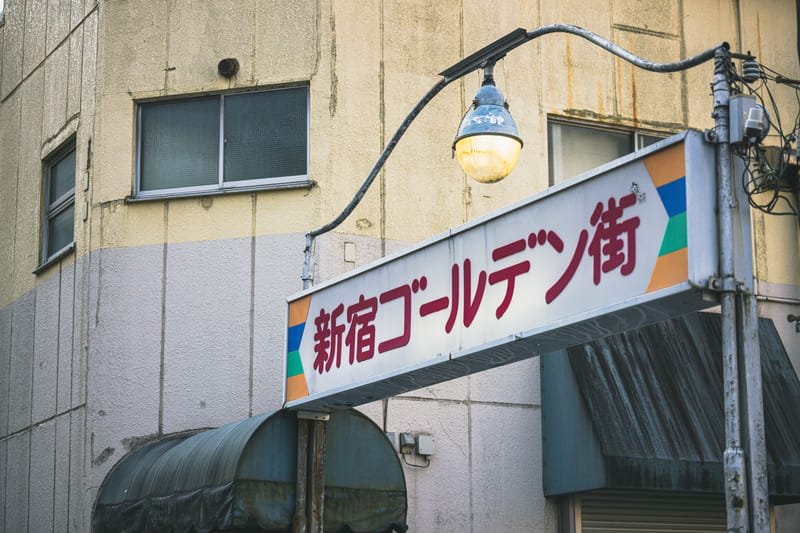
Golden Gai is a very unique place where small retro-atmosphere bars are lined up like a maze. Hundreds of bars are densely packed in narrow alleys, creating a distinctive landscape that can't be seen elsewhere.
One of the reasons I particularly like Golden Gai is its rich history. This place was formed during the post-war turmoil and has since been known as a gathering place for cultural figures and artists.
There are even bars that were frequented by famous writers and film directors, and you can still feel that atmosphere today. I myself once had a conversation about movies until late at night with a regular customer I happened to meet here.
In recent years, Golden Gai has become popular among foreign tourists as well. Its unique atmosphere and historical charm are probably attracting many people.
However, there are a few things to keep in mind when foreigners visit. First, always check the pricing system on the sign when entering a store. Some establishments charge extra for seating or for "otoshi," which is a small dish served compulsorily. These are common practices in Japanese bars, but you might be surprised if you don't know about them in advance.
Also, many establishments in Golden Gai are very small, and it's not uncommon to have only counter seats. Therefore, it can be difficult to visit in large groups. I recommend visiting in small groups of 2-3 people.
Website: http://goldengai.jp/
Omoide Yokocho
Source:Tabelog
Omoide Yokocho, located under the tracks near Shinjuku Station's West Exit, is one of my favorite drinking districts. The charm of this place lies in its retro atmosphere that makes you feel as if you've traveled back in time, just as its name suggests.
The characteristic of Omoide Yokocho is its unique landscape of small izakayas and yakitori shops lined up side by side. Most of the shops lining the narrow alleys have been in business since after the war. Red lanterns, hand-written signs, old noren curtains - everywhere you look is filled with elements that evoke nostalgia.
What I particularly like about this place is its casual atmosphere where you can drop in easily. Many shops are standing-style, where you can enjoy conversations with friendly shop owners and regular customers over the counter.
As a way to enjoy Omoide Yokocho, I recommend the "hashigo-zake" (bar hopping) I mentioned earlier. For example, you might start with a drink at a standing bar, then move to a yakitori shop for some snacks and sake, and finish at a famous motsuni (offal stew) shop.
For foreigners, you might be confused by the language barrier and the unique atmosphere. However, most shop owners and regular customers are friendly towards foreign tourists and will try to communicate with gestures.
If you're unsure, I recommend using a tour like the Tokyo Bar Hopping Night Tour in Shinjuku.
Shinjuku San-chome (Suehiro-dori Shopping Street)
Source:Yahoo! Maps
Shinjuku San-chome, especially the Suehiro-dori Shopping Street, is a place I've been frequenting more often in recent years. I can feel the area's popularity rising rapidly, and I understand why.
Various restaurants and bars line the street leading from Shinjuku-dori Avenue to Yasukuni-dori Avenue, and their diversity and atmosphere are wonderful.
The history of this area is very interesting; it used to flourish as a pathway to the red-light district. Perhaps as a remnant of that, it's still known as an adult area where diverse and multinational people gather.
What I particularly like is that it has a more relaxed atmosphere compared to Kabukicho, Shinjuku's largest entertainment district. It's not too noisy, but not too quiet either - it strikes just the right balance.
Kabukicho Red Noren Street
Source:Official website
Kabukicho Red Noren Street is a facility that has revitalized pre-war row houses, located in the back area of Shinjuku City Office.
In a relatively compact space of about 220 square meters, a total of 7 stores are open - 5 on the first floor and 2 on the second floor. This density creates a unique atmosphere.
Its characteristic is that it retains the old row house feel and nostalgic atmosphere while designing a modern space where you can drink safely and enjoyably.
What I particularly like is how it creates different atmospheres on the first and second floors. The first floor has a more casual pub-like atmosphere with stores you can easily drop into.
On the other hand, the second floor has bars and mix show bars with a more relaxed atmosphere. Here, you can enjoy carefully crafted cocktails and whiskey in a slow-paced environment.
Website: https://www.kabukicho-red-norengai.com/
Shinjuku Kabuki Hall
Source:Official website
Shinjuku Kabuki Hall is a new dining spot that I've been particularly interested in recently.
The charm of this place lies in its entertainment experience that blends food, music, and video under the theme of "festival". I still vividly remember being overwhelmed by its scale and energy when I first visited here.
The feature of Kabuki Hall is that you can enjoy "soul food" from various parts of Japan and overseas all at once. Ten stores are gathered here, each offering unique dishes.
Moreover, the appeal of Kabuki Hall isn't limited to just dining. The performances and events held every night provide new experiences with each visit.
The scale of Kabuki Hall is also one of its attractions. With an area of about 1,000 square meters and 1,300 seats, it operates for long hours from 6:00 AM to 5:00 AM the next morning. This allows you to enjoy it all day, from breakfast to late-night dining.
Website: https://kabukihall.com/
Ryuno Miyako Inshokugai
Source:Official website
The greatest charm of this dining district lies in its diversity. You can enjoy not only traditional Japanese cuisines like sushi and teppanyaki but also tastes from various Asian countries including Korean and Hong Kong cuisine all at once.
Another attraction of Ryuno Miyako Inshokugai is its operating hours. The ground floor is open 24 hours, and the basement floor is open until late at night. This allows you to enjoy it all day, from early morning breakfast to late-night dining.
Furthermore, the atmosphere of Ryuno Miyako Inshokugai is also noteworthy. The space is enlivened by productions using the latest sound, lighting, and video technologies, providing an experience almost like being in a club. Especially on weekend nights, you can enjoy meals along with music by DJs, experiencing a unique sense of excitement.
Website: https://ryunomiyako.com/
Hobo Shinjuku Noren Street (Yoyogi)
Source:PR TIMES
"Hobo Shinjuku Noren Street" is a relatively new dining street in Yoyogi, but it's one of the places I've come to particularly like recently.
The characteristic of this noren street is that you can enjoy meals in a nostalgic atmosphere. The warmth of wood typical of old Japanese houses and the somewhat nostalgic appearance make you forget the hustle and bustle of the city.
Also, there are stores offering various genres of cuisine including Japanese, Italian, Korean, and Asian cuisine.
Moreover, one of its attractions is that many stores are open until late at night. I sometimes visit late at night, and the relaxed atmosphere unique to that time is also pleasant.
Website: https://www.hobo-shinjuku.com/
Check These 3 Points to Be Careful When Bar Hopping in Shinjuku!
There are several points to be careful about when enjoying Shinjuku at night. I'd like to share with you what I've learned through my own experiences.
Try Not to Walk Alone as Much as Possible
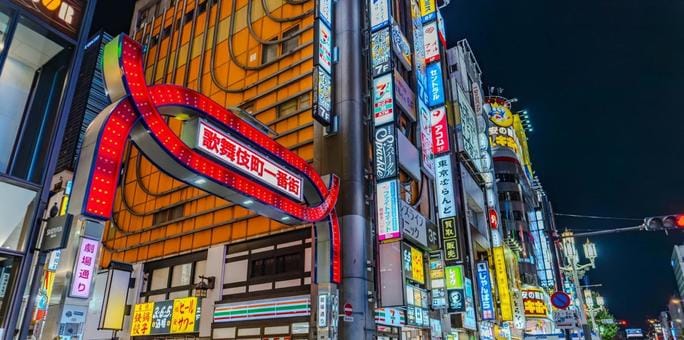
I recommend not walking alone at night in Shinjuku, especially when alcohol is involved. This is not only for safety considerations but also to maximize enjoyment.
I used to go drinking alone quite often, but since I started going out with friends or colleagues, my ways of enjoying Shinjuku nights have expanded significantly.
For example, when entering narrow alleys like those in Golden Gai, having someone with you provides a different level of security. Also, having multiple eyes to choose stores increases the chances of finding better places.
Furthermore, moving in a group allows you to efficiently "hop" to more bars. When I was alone, I could only manage 2-3 places in one night, but with friends, we can easily visit 4-5 places. By ordering a little at each store and sharing, we can enjoy a wider variety of dishes and drinks.
Also, in case of any trouble, it's easier to handle with multiple people than alone. In my experience, there was a time when a drunk stranger tried to pick a fight, but thanks to my friends being there, we were able to handle the situation calmly and avoid any problems.
However, if you want to enjoy Shinjuku nights alone, I recommend being more cautious. Walk on well-lit streets with lots of people, choose well-known establishments, and take care of your safety.
Don't Go with Strangers Who Approach You
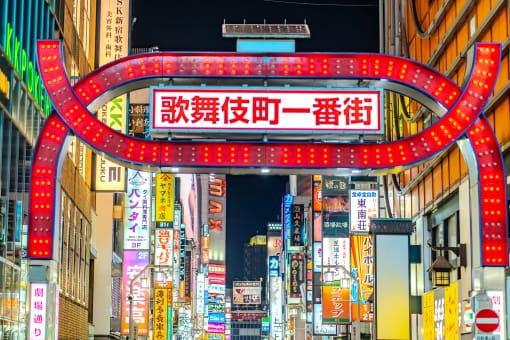
In Shinjuku's entertainment districts, especially in places like Kabukicho, you might be approached by strangers.
Many of these are "touts" whose job is to bring customers into shops. However, following these touts often leads to the risk of getting involved in troubles such as overcharging.
I once fell for a tout's sweet talk and almost got charged an exorbitant amount. Luckily, I realized before paying and managed to escape, but it was a very scary experience.
Foreigners, in particular, are easy targets for touts due to language barriers. They sometimes approach in English saying things like "Free drink!" or "Special price for you!", but never trust them.
Carry Only the Minimum Necessary Cash and Belongings
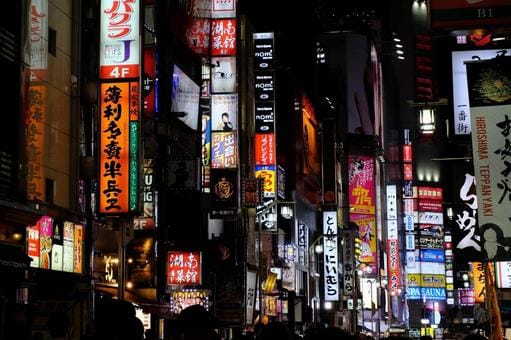
When enjoying Shinjuku at night, I recommend carrying only the minimum necessary cash and belongings. This is to minimize the risk of loss or theft.
In my experience, it's best not to carry large luggage and instead leave it in a coin locker or at your hotel. There are many coin lockers available at Shinjuku Station, which are convenient to use.
Regarding cash, I try to carry only the amount for my budget that day plus a little extra. It's safer to bring just one credit card and keep others in the safe at your accommodation.
By minimizing your belongings, you can move more freely even in small establishments and enjoy the night more comfortably. Also, when bar hopping, it's easier to move around with fewer belongings.
By following these precautions, you can enjoy Shinjuku nights more safely and enjoyably.
If You Want to Enjoy Shinjuku Safely to the Fullest, Tours with Locals Are Recommended!
For those who want to maximize their enjoyment of Shinjuku nights while staying safe, I highly recommend tours guided by locals.
Here, I'll introduce some particularly recommended tours. These tours offer not only the opportunity to enjoy food and drinks but also to experience Shinjuku's culture, history, and interactions with local people.
"Tokyo Bar Hopping Night Tour in Shinjuku" by Magical Trip
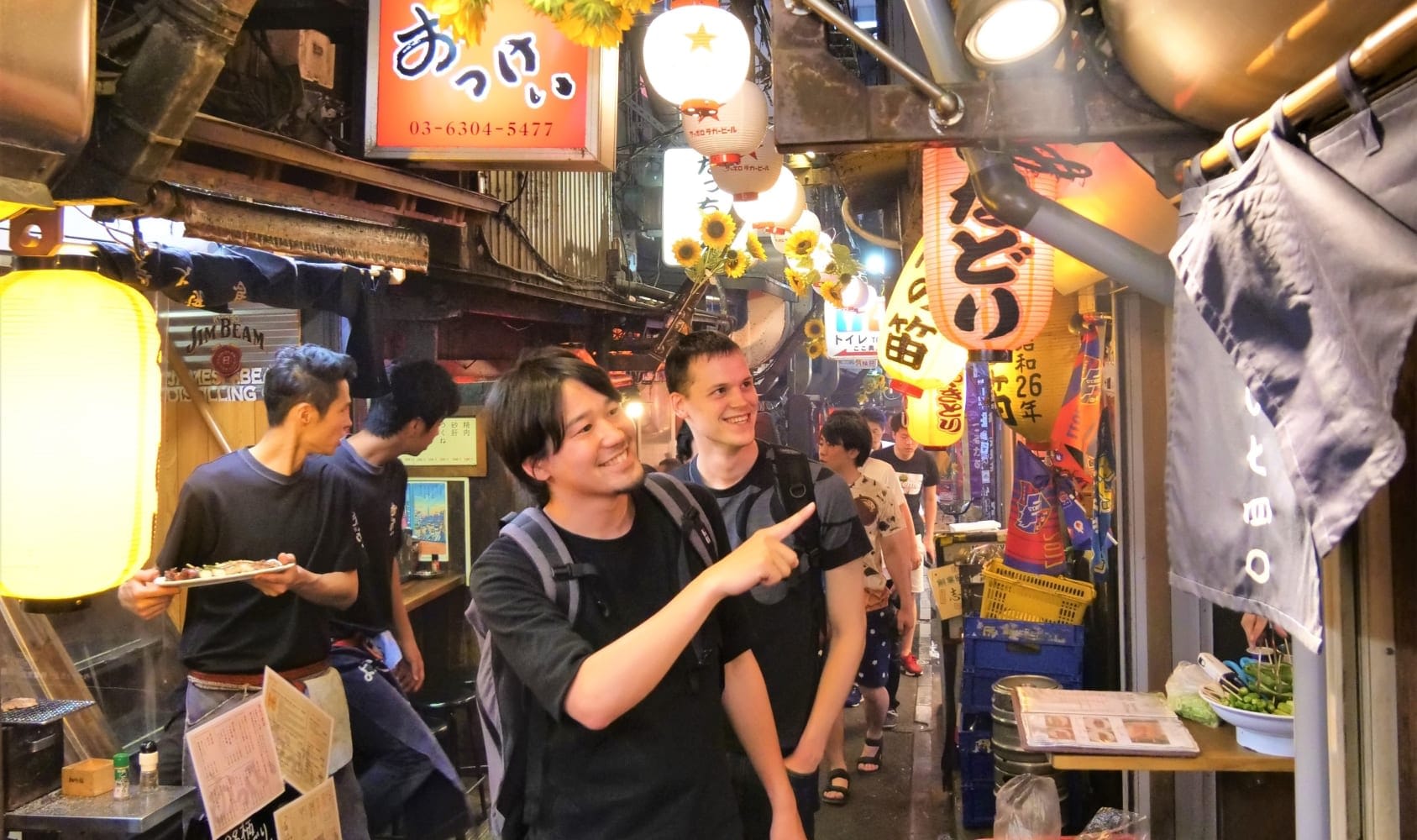
This tour is a 3.5-hour night tour by us at Magical Trip, exploring hidden izakayas and food stalls in Shinjuku.
The main attraction is the opportunity to experience Japanese drinking culture by visiting three bars with a local guide. The guides are fluent in English and provide detailed explanations about Japanese drinking culture and dining etiquette.
Also, on this tour, you can enjoy authentic Japanese izakaya cuisine. Popular izakaya dishes like yakitori, gyoza, and fried tofu are served one after another.
Furthermore, it's an all-inclusive package that includes drinks like sake and beer along with meals, so you can enjoy without worrying about your budget.
While there are areas in Shinjuku that might be dangerous to visit alone, with an experienced guide, you don't have to worry about that.
This tour is recommended for those who want to make the most of Shinjuku nights, want to deeply understand Japanese drinking culture, and want to explore hidden gems in Shinjuku while ensuring safety.
Click here for more details: Tokyo Bar Hopping Night Tour in Shinjuku
"Shinjuku Night Free Walking Tour" by Tokyo Localized
Source: Tokyo Localized
This tour is a 2-hour night walking tour exploring Shinjuku's entertainment districts.
The tour visits famous spots like Kabukicho, Godzilla Road, and Golden Gai.
It's attractive that it comes with an English-speaking guide and operates on a tip system. The guide's explanations are very detailed, and you can learn a lot about Shinjuku's history, culture, and modern face.
A big feature of this tour is that you can freely enjoy Golden Gai after the tour ends. You can get advice from the guide about recommended stores and points to be careful about, so even first-time visitors to Golden Gai can enjoy it with peace of mind.
Food and drink costs are not included, so it's especially recommended for those who want to enjoy sightseeing rather than drinking.
Click here for more details: Shinjuku Night Free Walking Tour
"Tokyo Night Foodie Tour in Shinjuku" by Magical Trip
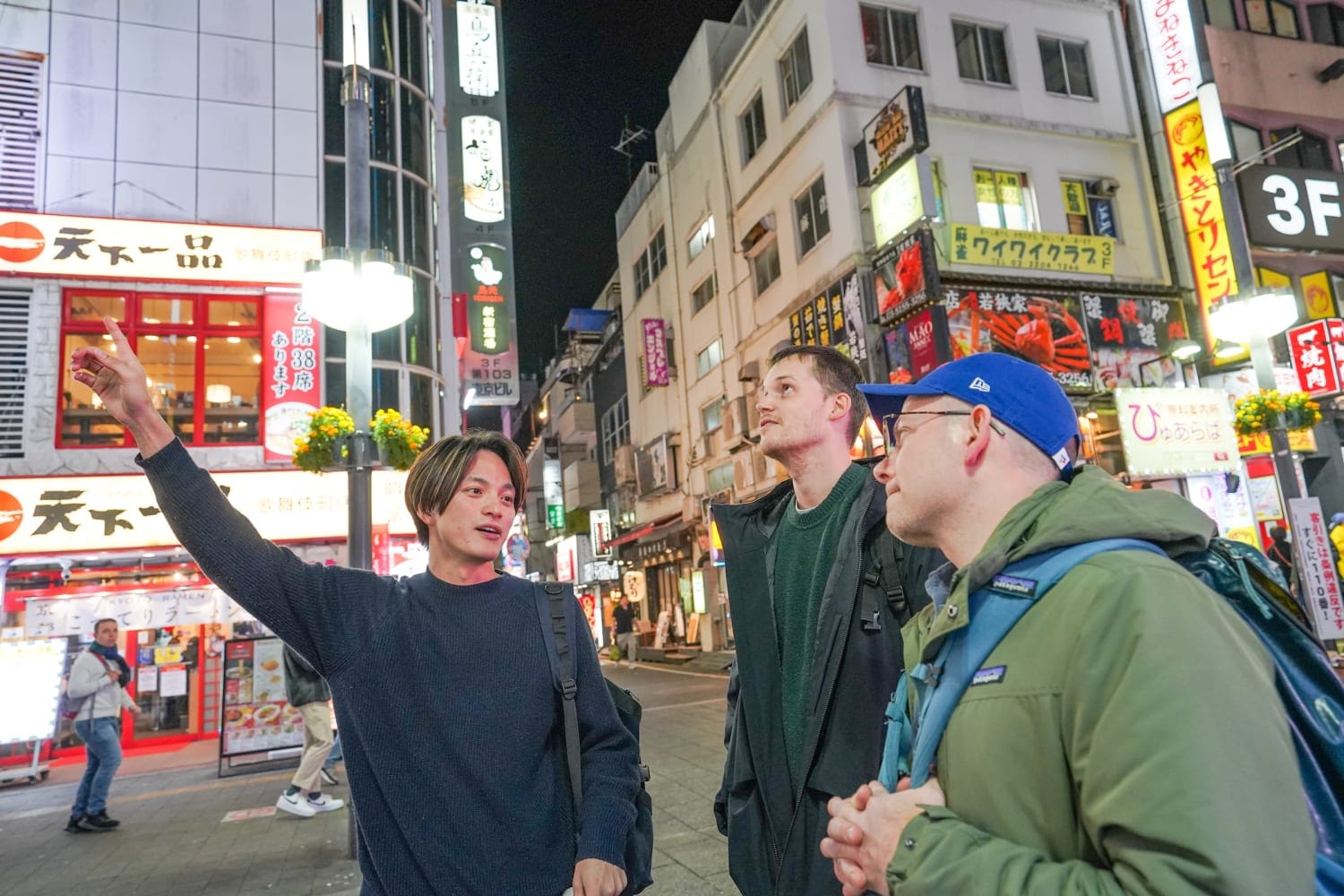
This tour, provided by us at Magical Trip, is a 3.5-hour night tour visiting three carefully selected gourmet spots in Shinjuku.
The first highlight of the tour is the opportunity to enjoy seasonal omakase nigiri sushi prepared by a skilled sushi chef.
You can also experience Japanese-style barbecue at a Wagyu beef yakiniku restaurant. Not only can you taste high-quality Wagyu beef, but the guide will also teach you tips on how to grill and eat it properly.
The tour concludes with a stroll through Kabukicho, finishing with dessert and drinks.
While this tour allows you to enjoy alcohol, it's suitable for all ages, so you can participate with peace of mind even if you have non-drinking companions.
This tour is recommended for those who want to deeply understand Japanese food culture, want to enjoy Shinjuku nights safely, and want to discover the charm of Shinjuku along with delicious meals.
It's a wonderful opportunity to experience the essence of Shinjuku's food scene in a relatively short time of 3.5 hours.
Click here for more details: Tokyo Night Foodie Tour in Shinjuku
The izakaya streets and yokocho of Shinjuku are places where the charm of Tokyo nights is condensed. From traditional atmospheres like Golden Gai and Omoide Yokocho to modern entertainment venues like Shinjuku Kabuki Hall and Ryuno Miyako Inshokugai, Shinjuku nights with their various faces continue to fascinate visitors.
However, to safely enjoy these attractions, it's important to follow a few precautions. Try not to walk alone, don't go with strangers, and carry only the minimum necessary belongings. If you keep these points in mind, you can enjoy Shinjuku nights with more peace of mind.
Also, for those visiting Shinjuku for the first time or wanting to know more deeply about Shinjuku's culture, tours guided by locals are recommended. Not only do they reduce safety concerns, but they also provide opportunities to gain deep knowledge about hidden gems and Japanese food culture that only locals would know.
I hope this article helps you create wonderful memories in Shinjuku!
